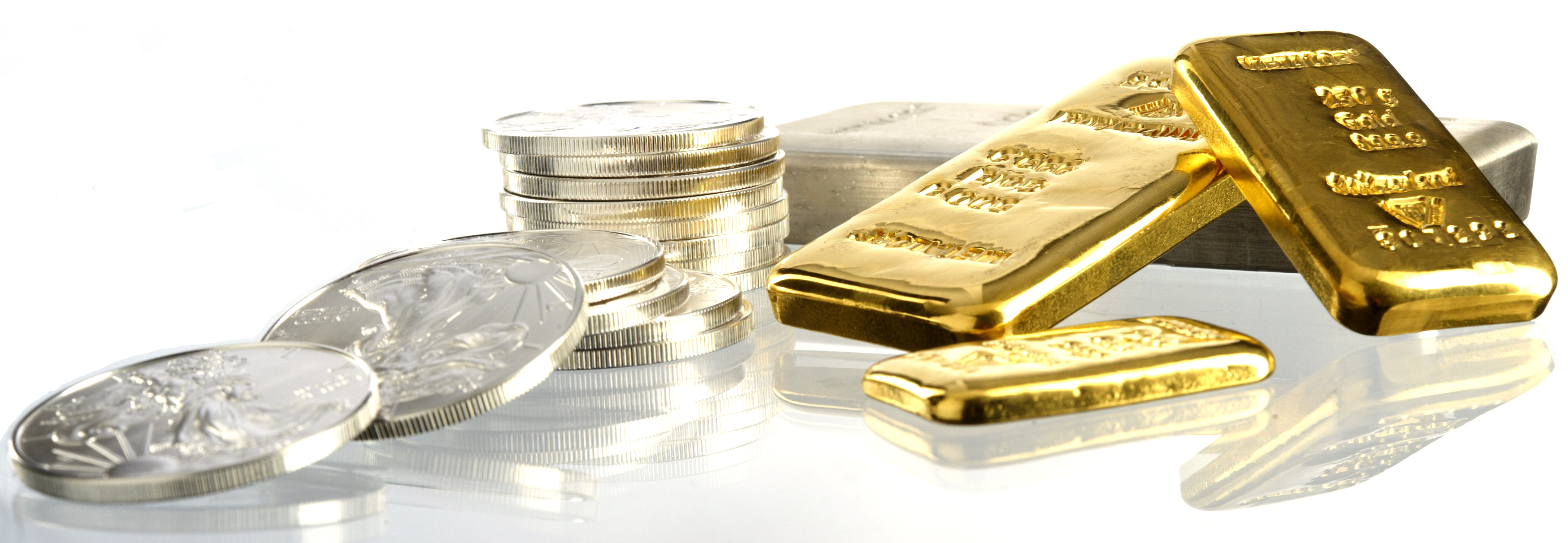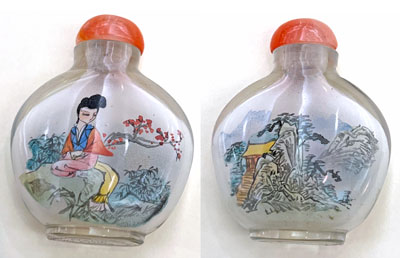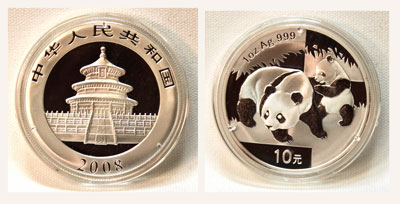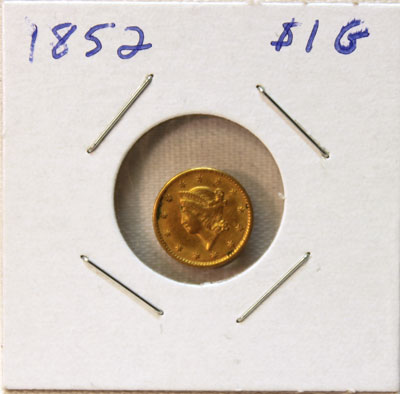Show
Information
© Copyright Atlanta Coin Expositions, 2008-2026. All Rights Reserved.
General
Links:

Greater Atlanta Coin Show
2026, our 39th year of monthly
coin shows
coin shows
Next Monthly Coin Show
Coin Show - Notes for March 2023
Mark your calendar and join us at the next show on Sunday, April 2, 2023, in the Joe Mack Wilson ballroom.
So far in 2023, each month seems to outpace the previous in number of visitors and how busy the bourse can be. Let's make April a busy show too.
As always, the dealers will provide coins, currency, bullion, exonumia, scripophily, semi-precious stones, jewelry and other interesting items in their showcases for visitors to enjoy.
The show welcomes guests to buy, sell, trade or just view the history found in the many displays. People can also bring coins and currency to the show for a free verbal appraisal based on the current market.
The show is open from 9am - 4pm, however arrive early for the most opportunities.
Should circumstances impact the show, check with this web site, the recorded show message (770-772-4359), or join our mailing list to receive up-to-date information about the next show.
Make a reminder note and visit the next Greater Atlanta Coin Show on Sunday, April 2, 2023 in the Joe Mack Wilson ballroom to join the fun and view the items on the bourse.
So far in 2023, each month seems to outpace the previous in number of visitors and how busy the bourse can be. Let's make April a busy show too.
As always, the dealers will provide coins, currency, bullion, exonumia, scripophily, semi-precious stones, jewelry and other interesting items in their showcases for visitors to enjoy.
The show welcomes guests to buy, sell, trade or just view the history found in the many displays. People can also bring coins and currency to the show for a free verbal appraisal based on the current market.
The show is open from 9am - 4pm, however arrive early for the most opportunities.
Should circumstances impact the show, check with this web site, the recorded show message (770-772-4359), or join our mailing list to receive up-to-date information about the next show.
Make a reminder note and visit the next Greater Atlanta Coin Show on Sunday, April 2, 2023 in the Joe Mack Wilson ballroom to join the fun and view the items on the bourse.
1852 Gold One Dollar Coin
Chinese Inside Painting
2008 Silver Panda Coin
2014 Silver Kookaburra Coin
The March Greater Atlanta Coin Show began with many visitors early in the day to a bourse filled with dealers and their displays of coins, currency, bullion and other collectibles.
We appreciate the many visitors, our dealers, our security and the hotel's staff for helping make the show a success each month. It is always an interesting place to spend a few hours among the fun and camaraderie associated with the many displays. Thank you to one and all.
Also, thank you to all the people who find mention of the show on various local and regional event web sites. Some guests noted they heard about the show on the radio and decided to attend.
However you heard about the show, welcome, and we're glad you came.
This month's weather gave us thunderstorms in the early morning hours but the rain moved out leaving overcast skies in the afternoon. It was a great day to visit a coin show.
We appreciate the many visitors, our dealers, our security and the hotel's staff for helping make the show a success each month. It is always an interesting place to spend a few hours among the fun and camaraderie associated with the many displays. Thank you to one and all.
Also, thank you to all the people who find mention of the show on various local and regional event web sites. Some guests noted they heard about the show on the radio and decided to attend.
However you heard about the show, welcome, and we're glad you came.
This month's weather gave us thunderstorms in the early morning hours but the rain moved out leaving overcast skies in the afternoon. It was a great day to visit a coin show.
We noticed lots of guests stayed at the hotel during the weekend, but we did not see others using the other conference spaces. Then, again, we were too busy to observe other meetings in the hotel.
Several people brought items to the show for a free verbal appraisal. Some wanted to know the value then sell their items. Others just wanted an idea of their items' worth and kept them.
In addition, we had someone ask about cleaning the coins. DON'T. Cleaning coins destroys any collectible premium value.
As usual, people visiting the coin show had a variety of interests. Some searched for specific coins, some preferred bullion, others wanted an appraisal, while others just browsed the interesting displays.
Now, let's look at a few interesting items found on the bourse.
Several people brought items to the show for a free verbal appraisal. Some wanted to know the value then sell their items. Others just wanted an idea of their items' worth and kept them.
In addition, we had someone ask about cleaning the coins. DON'T. Cleaning coins destroys any collectible premium value.
As usual, people visiting the coin show had a variety of interests. Some searched for specific coins, some preferred bullion, others wanted an appraisal, while others just browsed the interesting displays.
Now, let's look at a few interesting items found on the bourse.

Inside painting is a Chinese art form involving glass bottles which have pictures and often calligraphy painted on the inside surface of the glass. The bottles are produced by manipulating a specialized paint brush through the neck of the bottle.
To paint the inside of the bottle, the artist must paint backwards. A skilled artist may complete a simple bottle in a week while something special may take a month or more. The best craftsmen may produce only a few bottles in a year.
To paint the inside of the bottle, the artist must paint backwards. A skilled artist may complete a simple bottle in a week while something special may take a month or more. The best craftsmen may produce only a few bottles in a year.
Our first example this month is a bottle painted on the inside.
Inside-painted bottles are associated with Chinese snuff bottles. The earliest inside painted bottles are estimated to be from the period between 1820 and 1830.
Inside-painted bottles are associated with Chinese snuff bottles. The earliest inside painted bottles are estimated to be from the period between 1820 and 1830.
Many images of beautiful snuff bottles from the 19th century painters such as Zhou Leyuan and Ding Erzhong can be found online.
In 2022, a circa 1900 snuff bottle brought $4000 at auction. Of course, the value of the inside painted snuff bottle depends on its provenance, the intricacy and beauty of the painting and the overall condition.
This bottle is an interesting example of a beautiful art form.
In 2022, a circa 1900 snuff bottle brought $4000 at auction. Of course, the value of the inside painted snuff bottle depends on its provenance, the intricacy and beauty of the painting and the overall condition.
This bottle is an interesting example of a beautiful art form.

The 2008 Silver Panda represents 10 Yuan and contains one ounce of 0.999 fine silver.
Each coin comes in a plastic capsule to protect its beautiful design.
The obverse shows the Hall of Prayer for Good Harvests at the Temple of Heaven in Beijing encircled by the phrase "People's Republic of China" in Chinese completed with the year of issue, 2008.
Each coin comes in a plastic capsule to protect its beautiful design.
The obverse shows the Hall of Prayer for Good Harvests at the Temple of Heaven in Beijing encircled by the phrase "People's Republic of China" in Chinese completed with the year of issue, 2008.
Our next item also has Chinese origins, this time in the form of a silver coin.
The People's Republic of China began issuing the Silver Panda series in 1983, which features a yearly changing design.
The People's Republic of China began issuing the Silver Panda series in 1983, which features a yearly changing design.
On the reverse a mother panda rests with her cub with 10 Yuan below the design.
Considering 10 Yuan is currently roughly equal to $1.45, the coin is much more valuable than its face value.
Like the American Silver Eagle, the Silver Panda is desired both for its beauty and its silver content.
Considering 10 Yuan is currently roughly equal to $1.45, the coin is much more valuable than its face value.
Like the American Silver Eagle, the Silver Panda is desired both for its beauty and its silver content.

In this year, the Kookaburra sits on a Gum Tree branch surrounded by delicately wrought leaves. The detail on the bird’s feathers and the tree foliage are perfect examples of the mint’s continued dedication to fine artistry. The coin is also stamped ‘Australian Kookaburra’.
The obverse side of the coin displays the Ian Rank-Broadley likeness of Her Majesty Queen Elizabeth II along with stamps denoting ‘1 Dollar’ and ‘Australia’.
Today, one Australian dollar is roughly equivalent to $0.67.
The obverse side of the coin displays the Ian Rank-Broadley likeness of Her Majesty Queen Elizabeth II along with stamps denoting ‘1 Dollar’ and ‘Australia’.
Today, one Australian dollar is roughly equivalent to $0.67.
Our next coin is another international silver example, this one from Australia.
The Perth Mint began producing the Silver Kookaburra coins in 1990 and were originally 0.999 fine silver, which changed in 2018 to 0.9999 fine silver.
The 2014 one ounce Australian Silver Kookaburra contains one troy ounce of .999 pure silver.
The Perth Mint began producing the Silver Kookaburra coins in 1990 and were originally 0.999 fine silver, which changed in 2018 to 0.9999 fine silver.
The 2014 one ounce Australian Silver Kookaburra contains one troy ounce of .999 pure silver.
Like the American Silver Eagle and the Silver Panda, the Silver Kookaburra is much more valuable than its face value indicates.
This is another example of a beautiful way to collect silver.
This is another example of a beautiful way to collect silver.


However, Congress did not actually include the gold dollar in the Mint Act of 1792, and it would be nearly 60 years before the gold dollar actually became a reality.
In 1849, Congress authorized gold dollars and double eagles, in part to provide additional uses for all of the California gold being mined.
The US Mint produced the gold dollar coins from 1849 to 1889.
The first of the new gold dollars was a small coin, roughly half an inch in diameter, featuring a bust of Liberty facing left.
In 1849, Congress authorized gold dollars and double eagles, in part to provide additional uses for all of the California gold being mined.
The US Mint produced the gold dollar coins from 1849 to 1889.
The first of the new gold dollars was a small coin, roughly half an inch in diameter, featuring a bust of Liberty facing left.
Our specimen, minted in Philadelphia, was one of over two million gold dollar coins struck in 1852.
Today, PCGS (Professional Coin Grading Service) estimates 4000 of the 1852 gold dollar coins have survived across all grades.
The coin is small at 1.70 grams; made of 90% gold, 10% copper; and showcases the Liberty design by James Barton Longacre.
At over 170 years old, this coin still demonstrates the beauty of the original mintage.
Today, PCGS (Professional Coin Grading Service) estimates 4000 of the 1852 gold dollar coins have survived across all grades.
The coin is small at 1.70 grams; made of 90% gold, 10% copper; and showcases the Liberty design by James Barton Longacre.
At over 170 years old, this coin still demonstrates the beauty of the original mintage.
With the gold arriving from California, the mintage of the gold dollar was larger than any other gold coin previously issued by the U.S. Mint (except for the 1847 Eagle).
Between 1849 and 1854, Gold Dollars were struck at the Philadelphia, New Orleans, San Francisco, Dahlonega (GA), and Charlotte (NC) mints.
Philadelphia was the biggest producer of Gold Dollar, with most of the gold coming from California.
Dahlonega and Charlotte relied on local supplies of gold, so their output was vastly smaller in comparison.
Between 1849 and 1854, Gold Dollars were struck at the Philadelphia, New Orleans, San Francisco, Dahlonega (GA), and Charlotte (NC) mints.
Philadelphia was the biggest producer of Gold Dollar, with most of the gold coming from California.
Dahlonega and Charlotte relied on local supplies of gold, so their output was vastly smaller in comparison.
Our next item is a small but beautiful gold one dollar coin from 1852.
The initial thought behind what became the Mint Act of 1792 included a bi-metallic standard including both gold and silver. The proposed coinage system was the dollar, which would be struck in both metals.
The initial thought behind what became the Mint Act of 1792 included a bi-metallic standard including both gold and silver. The proposed coinage system was the dollar, which would be struck in both metals.